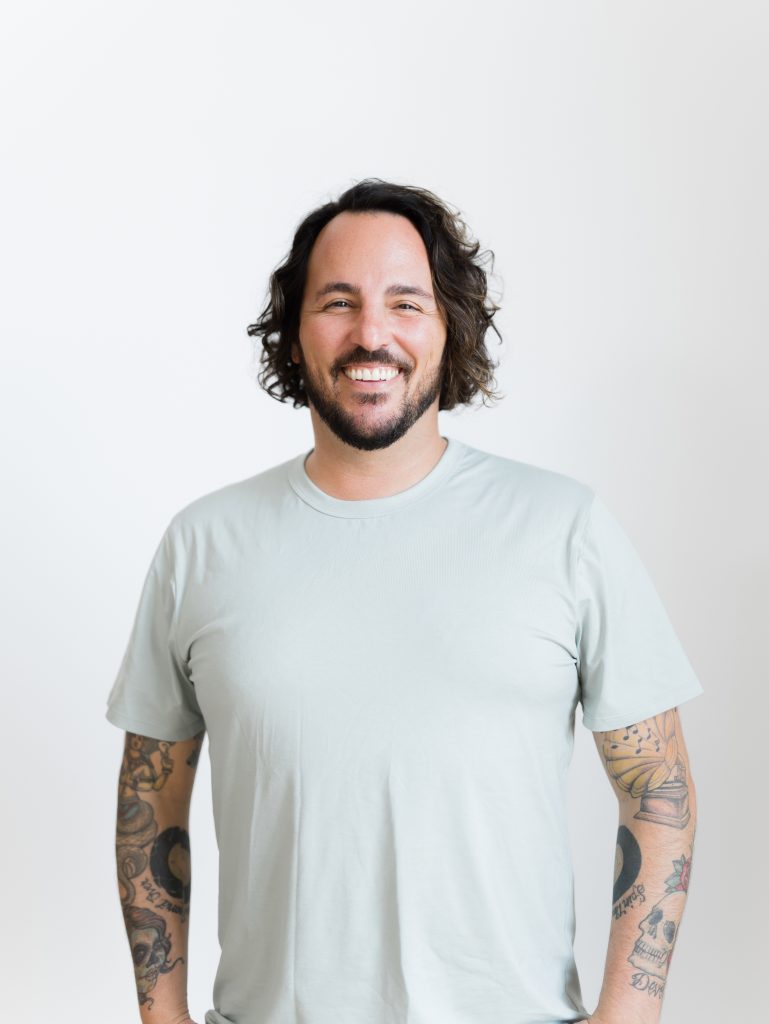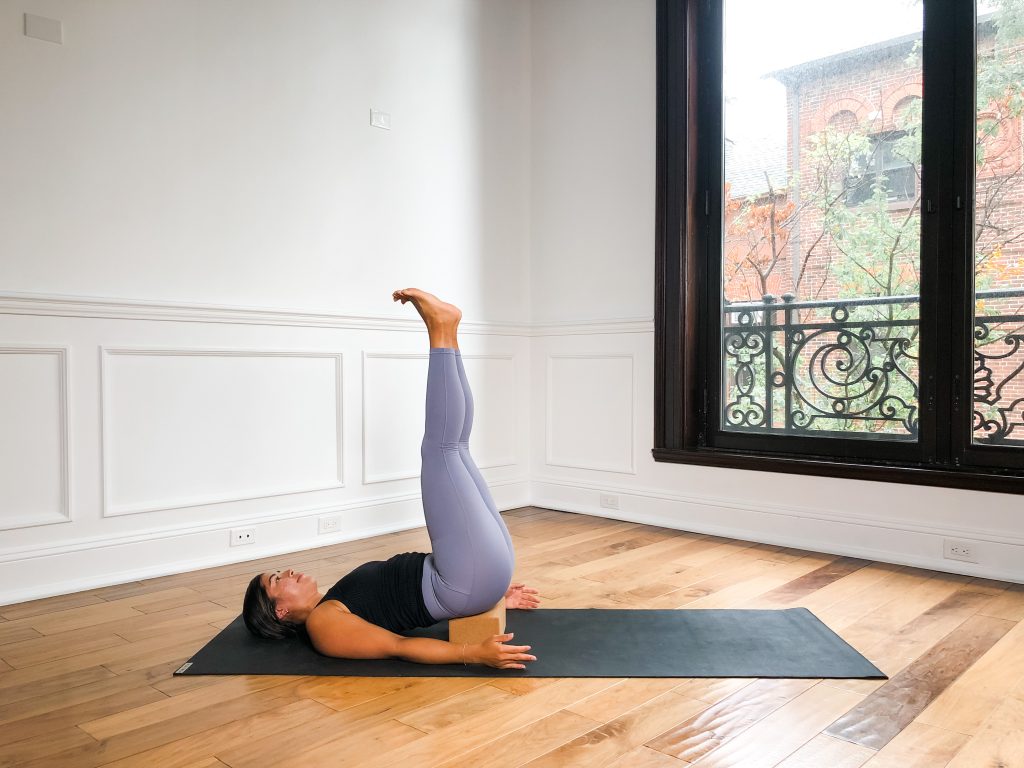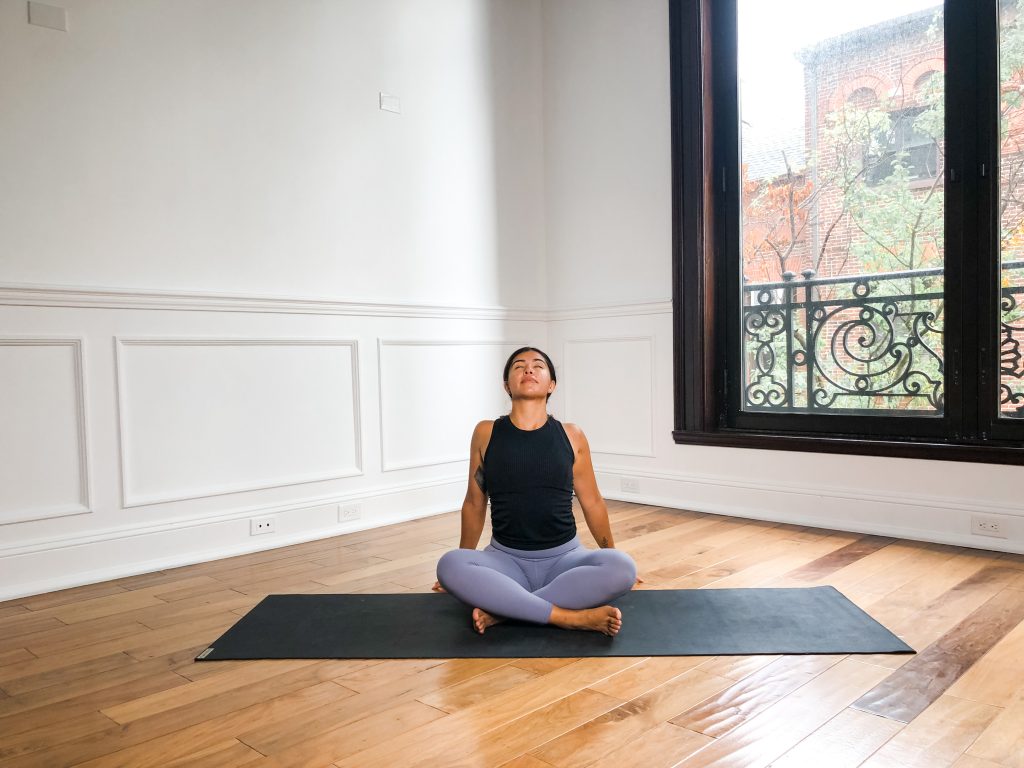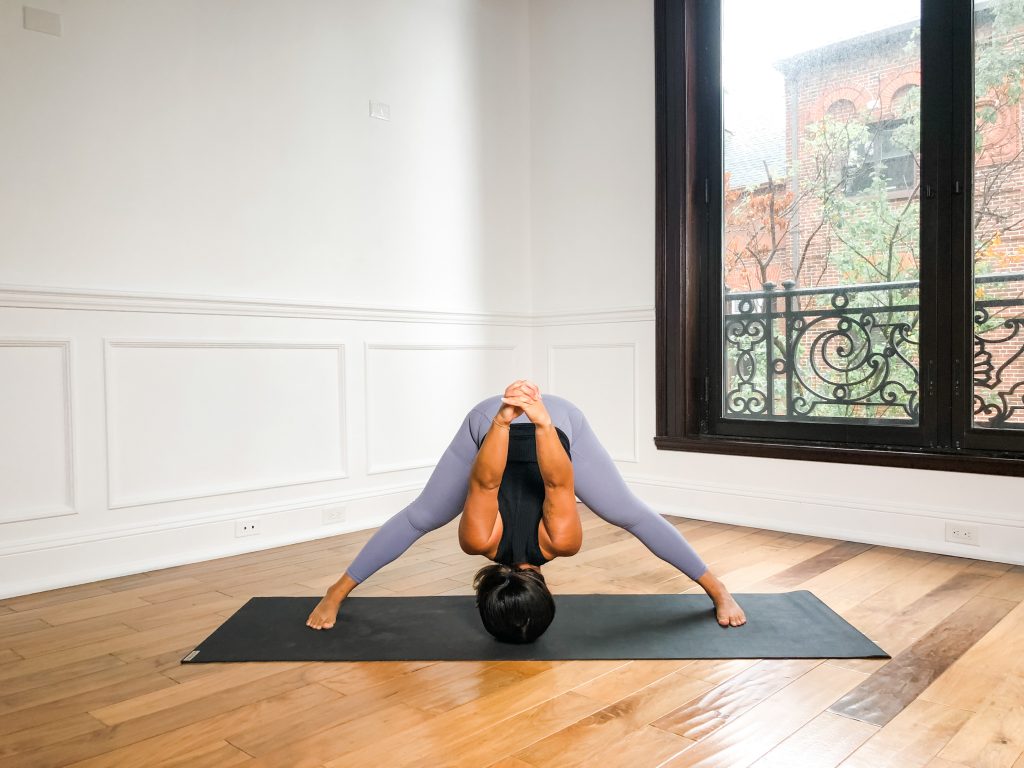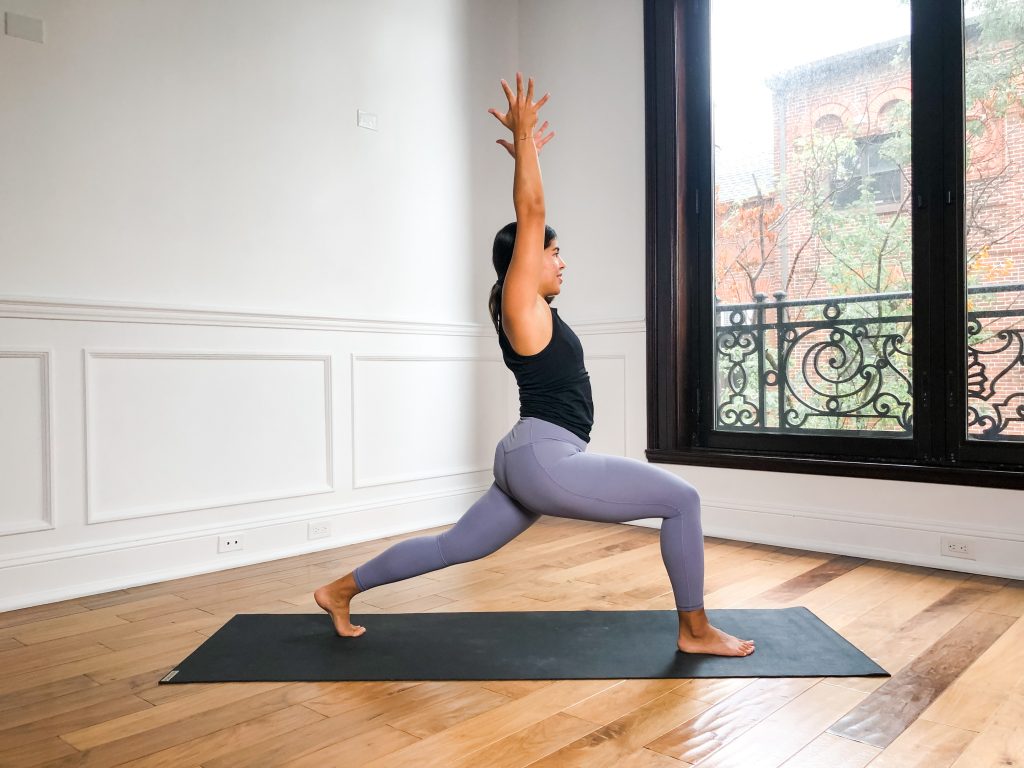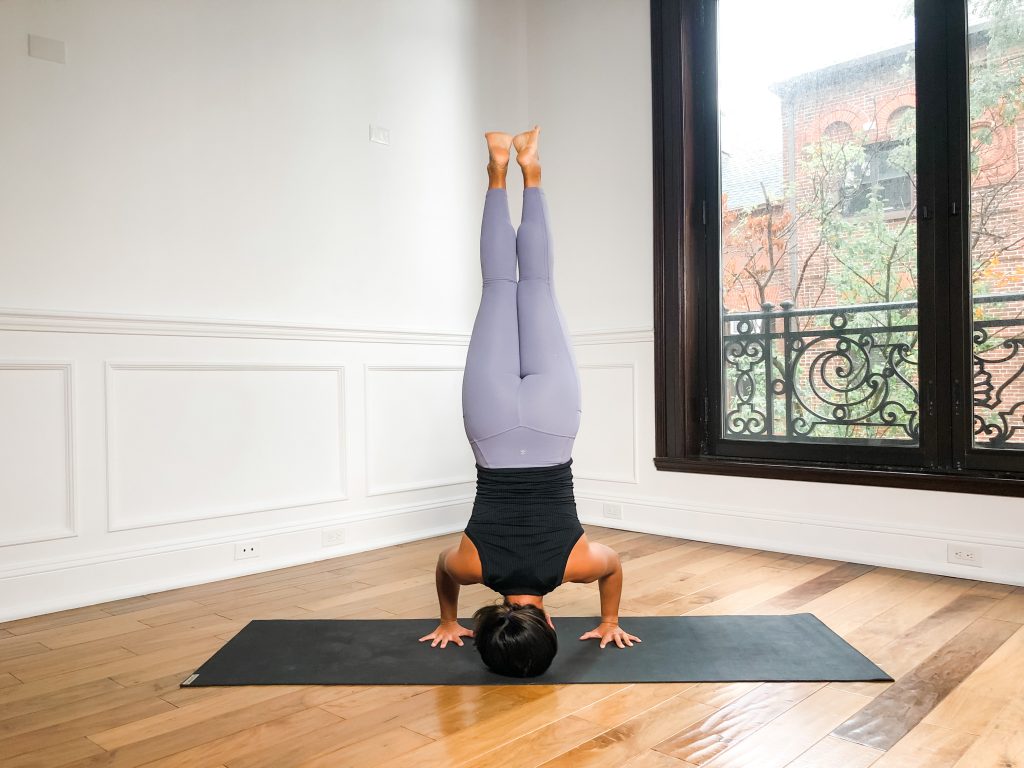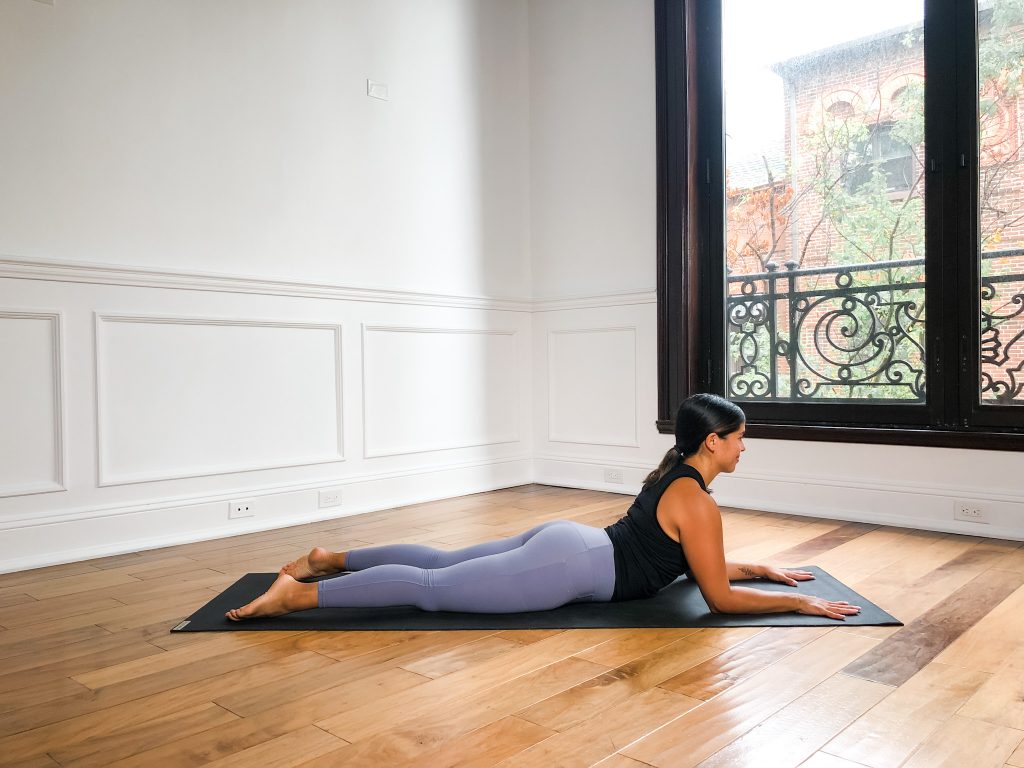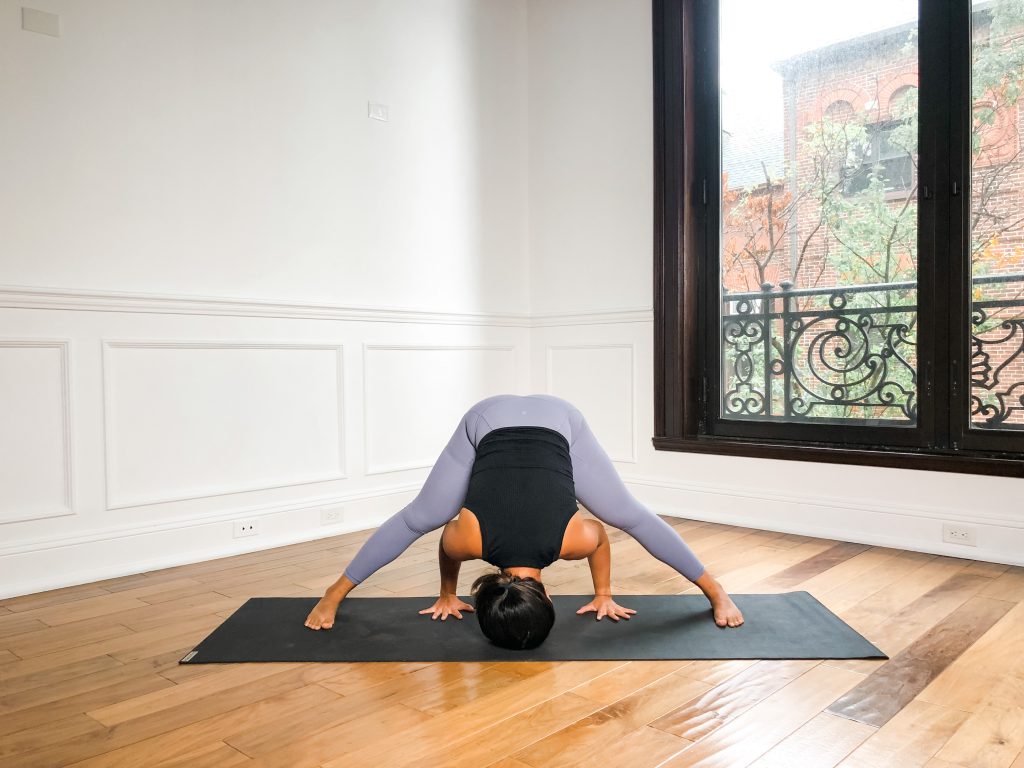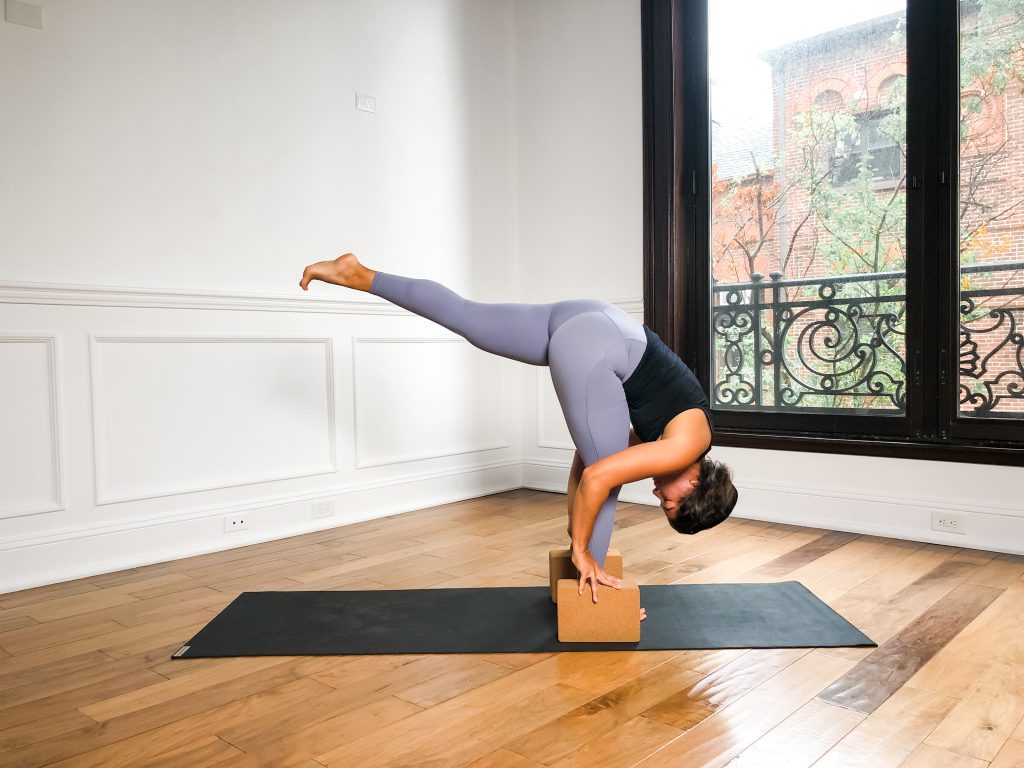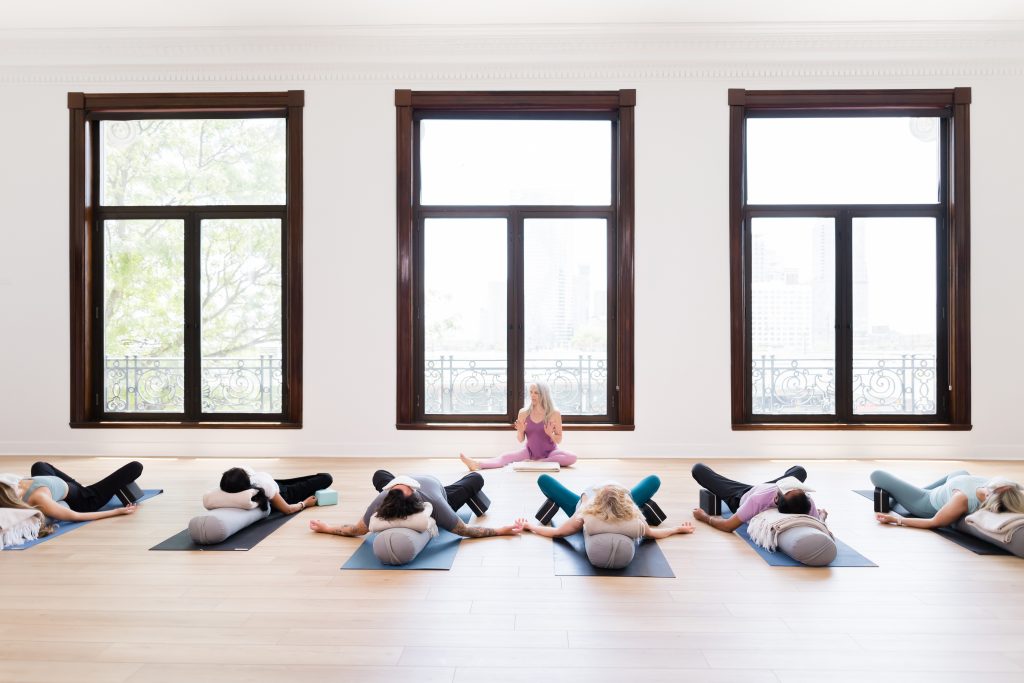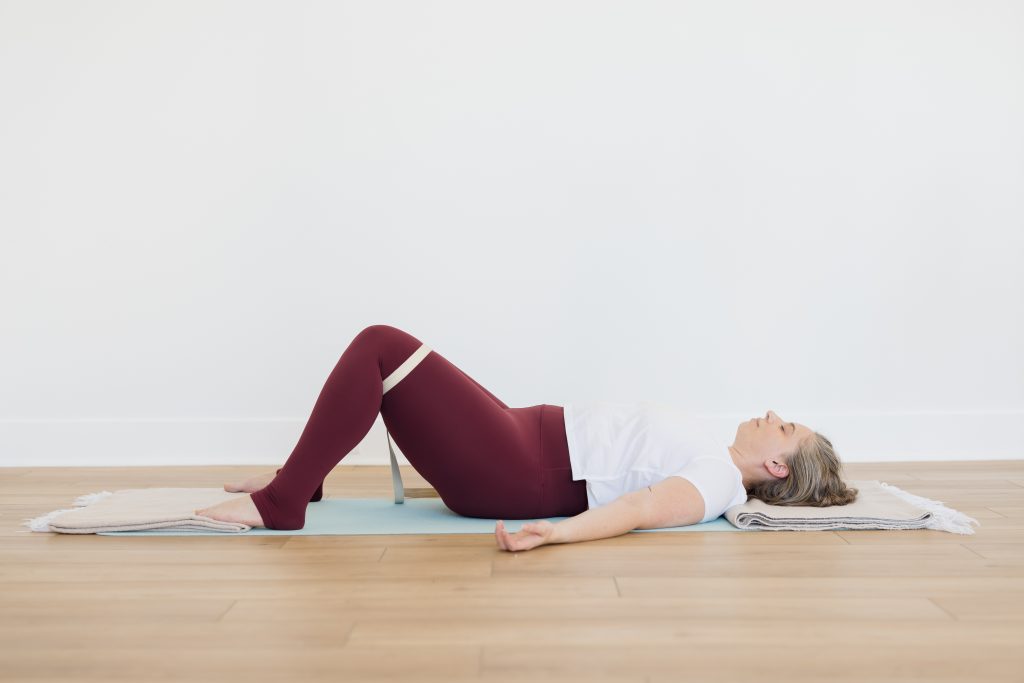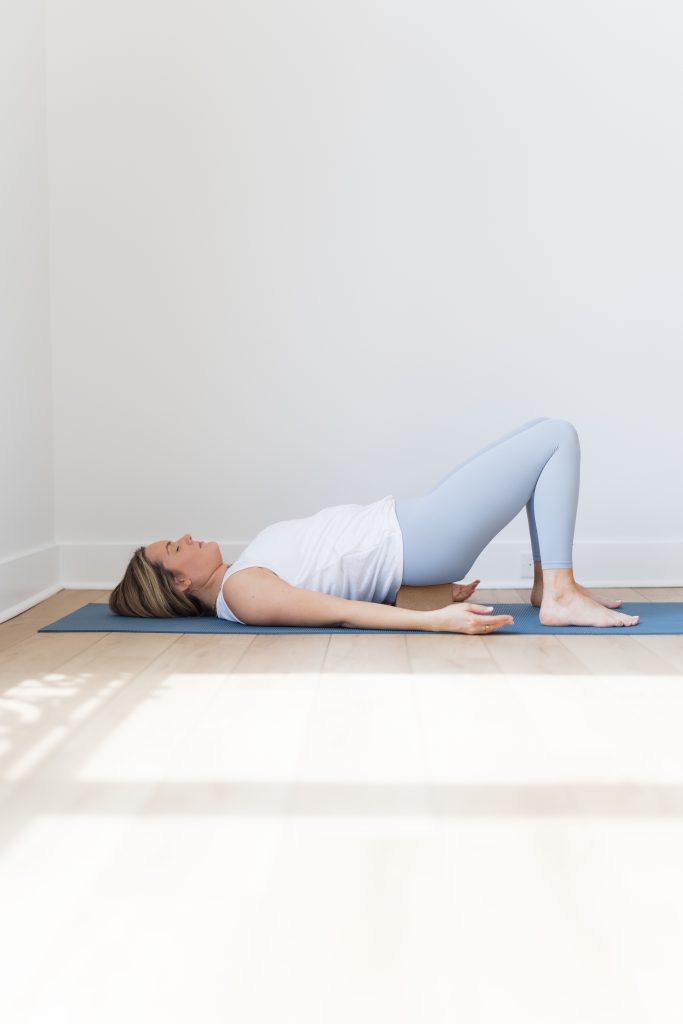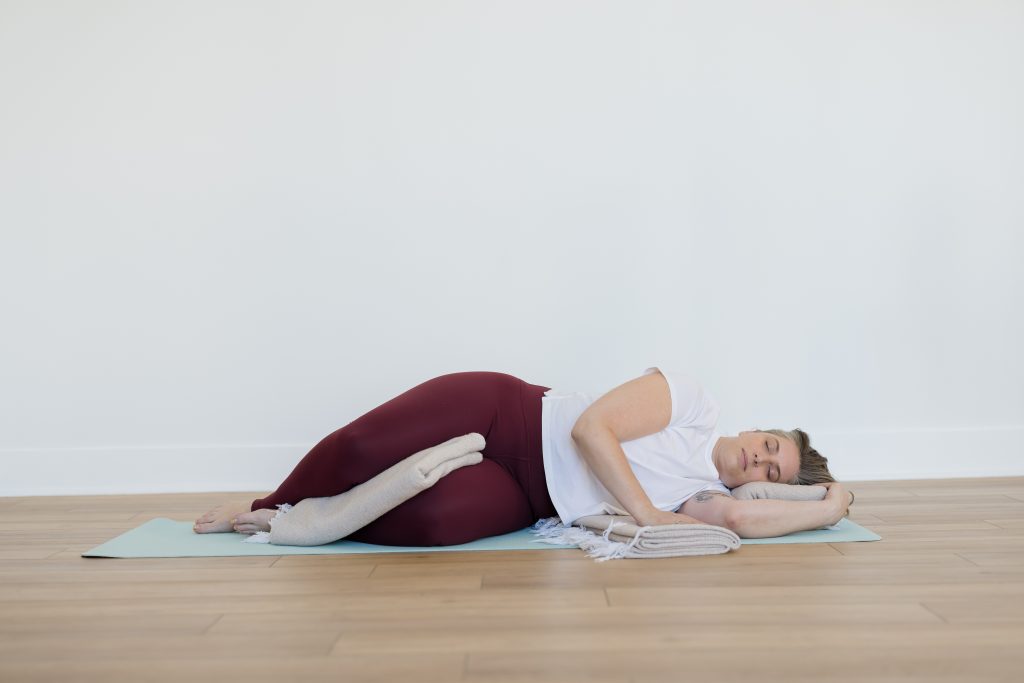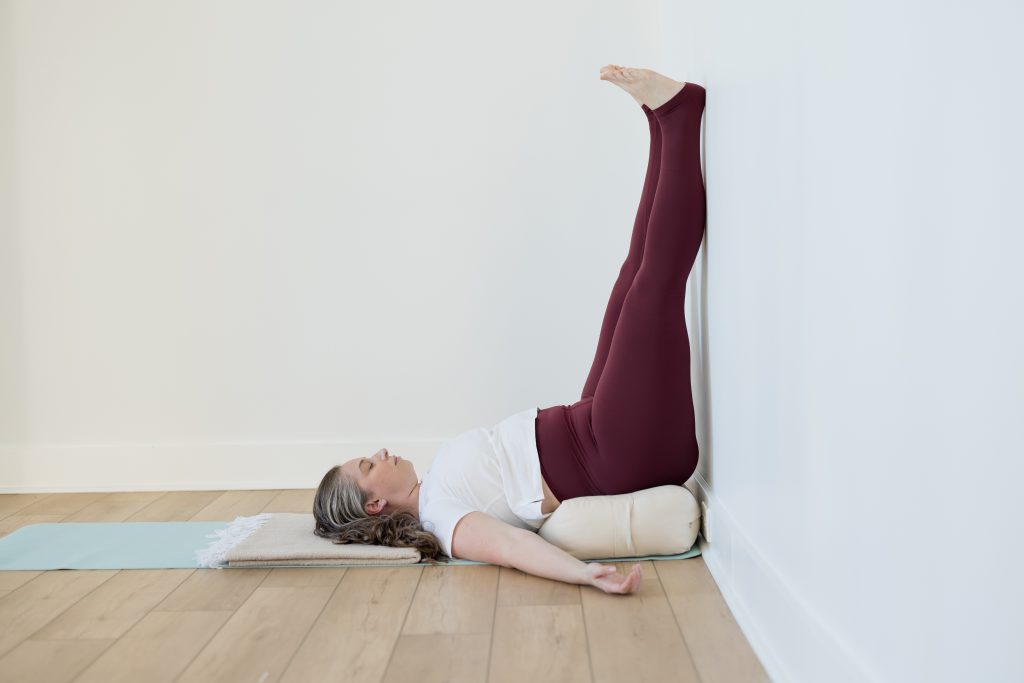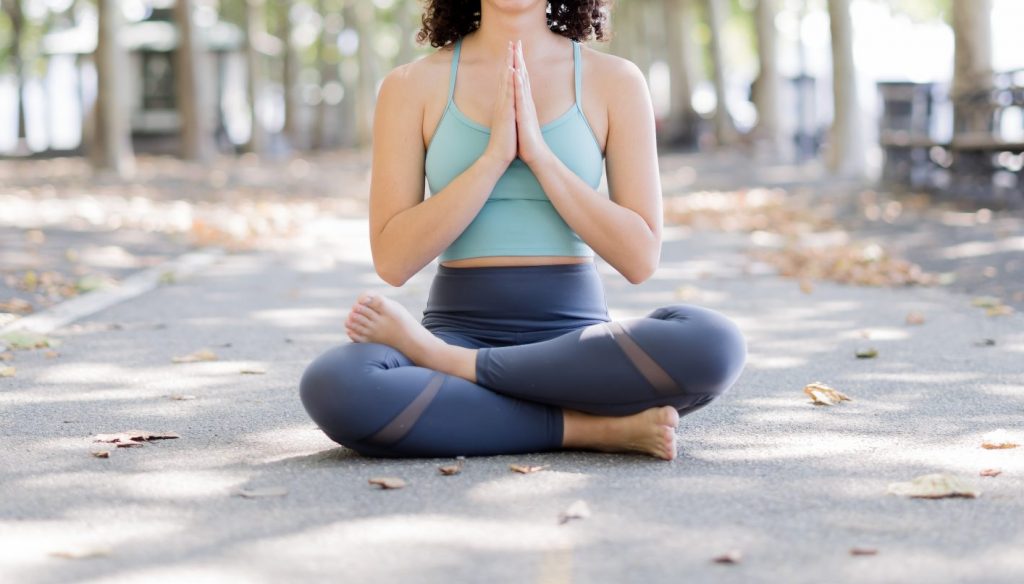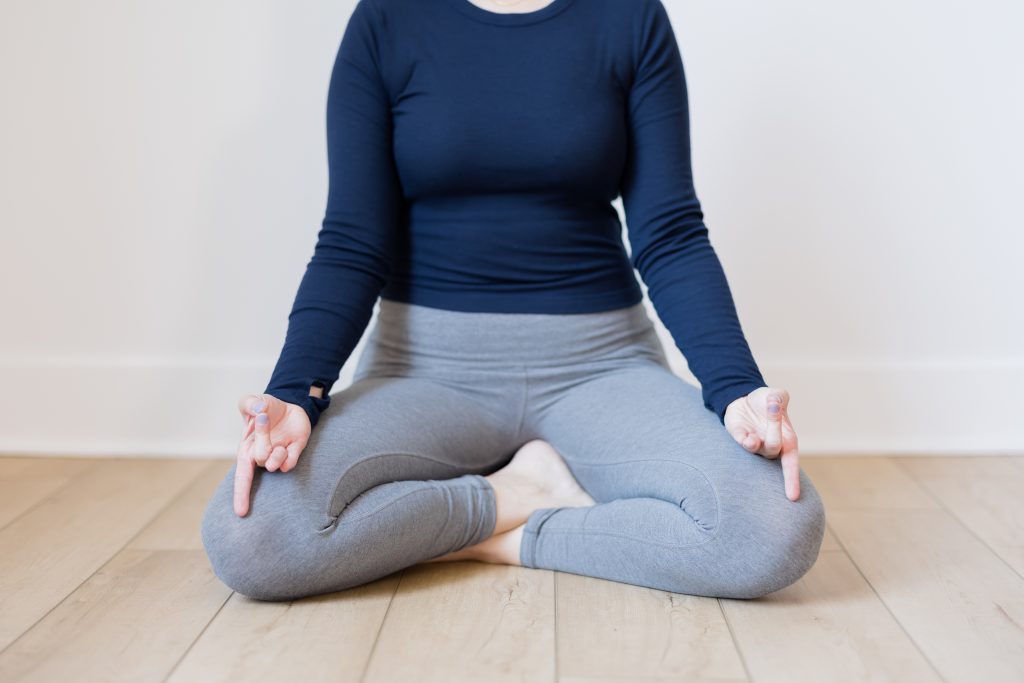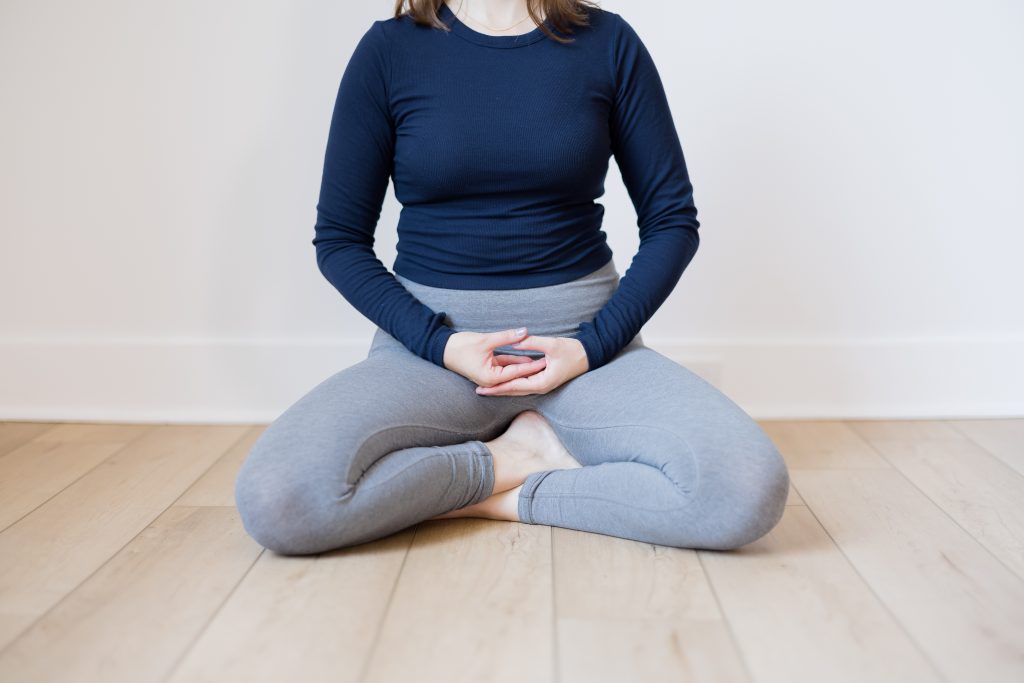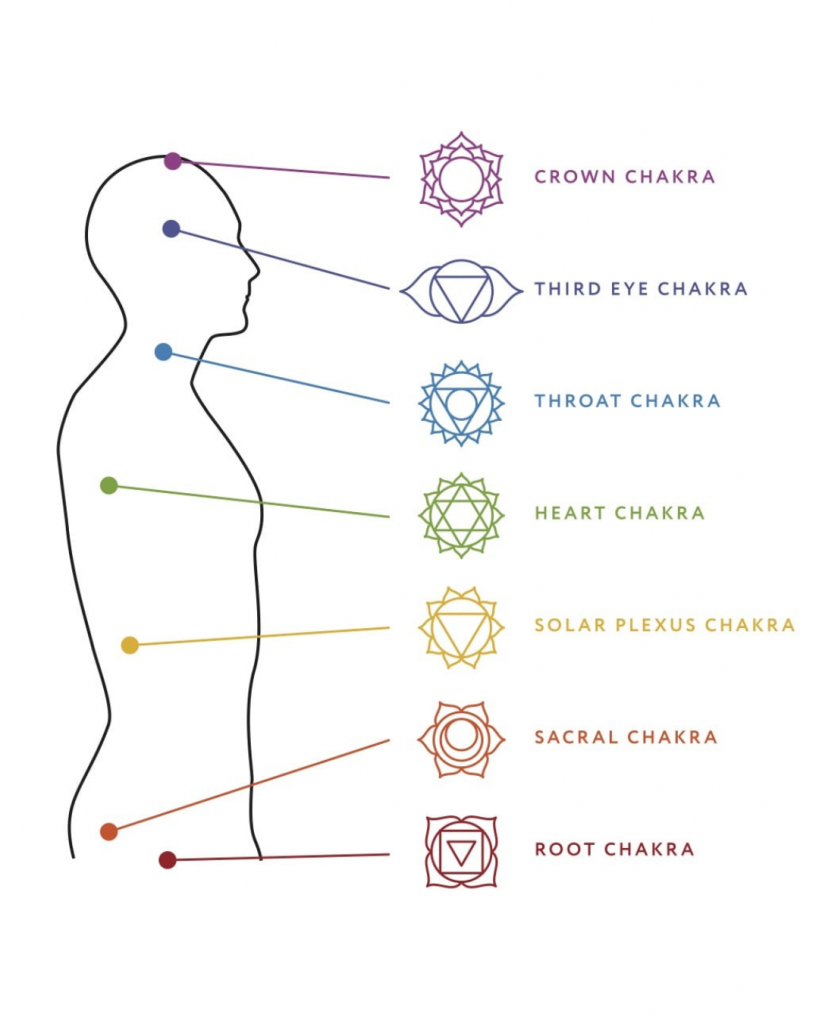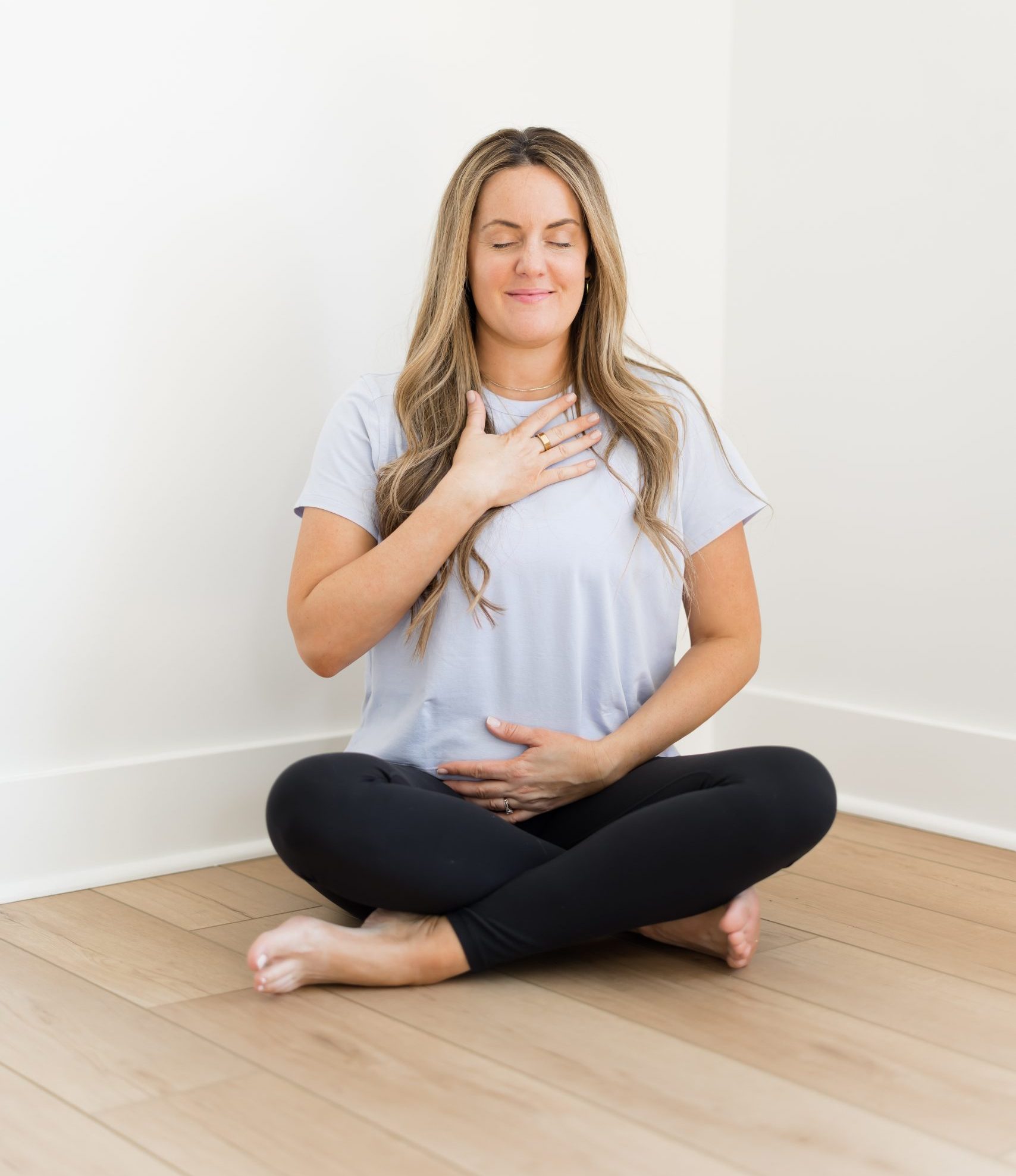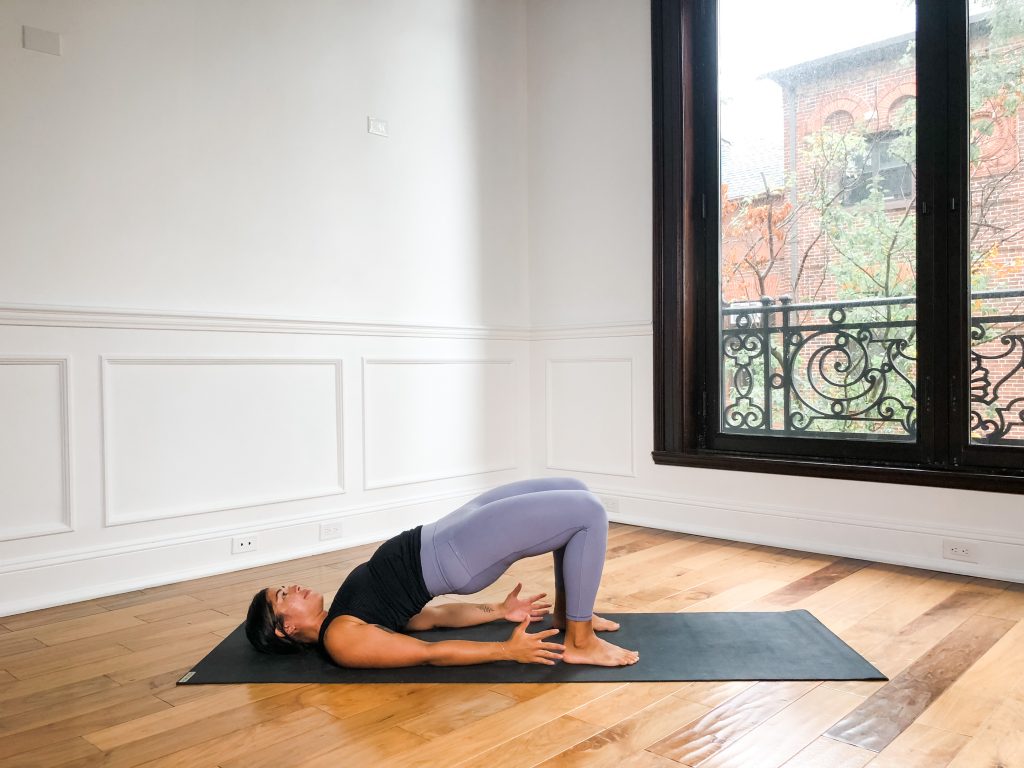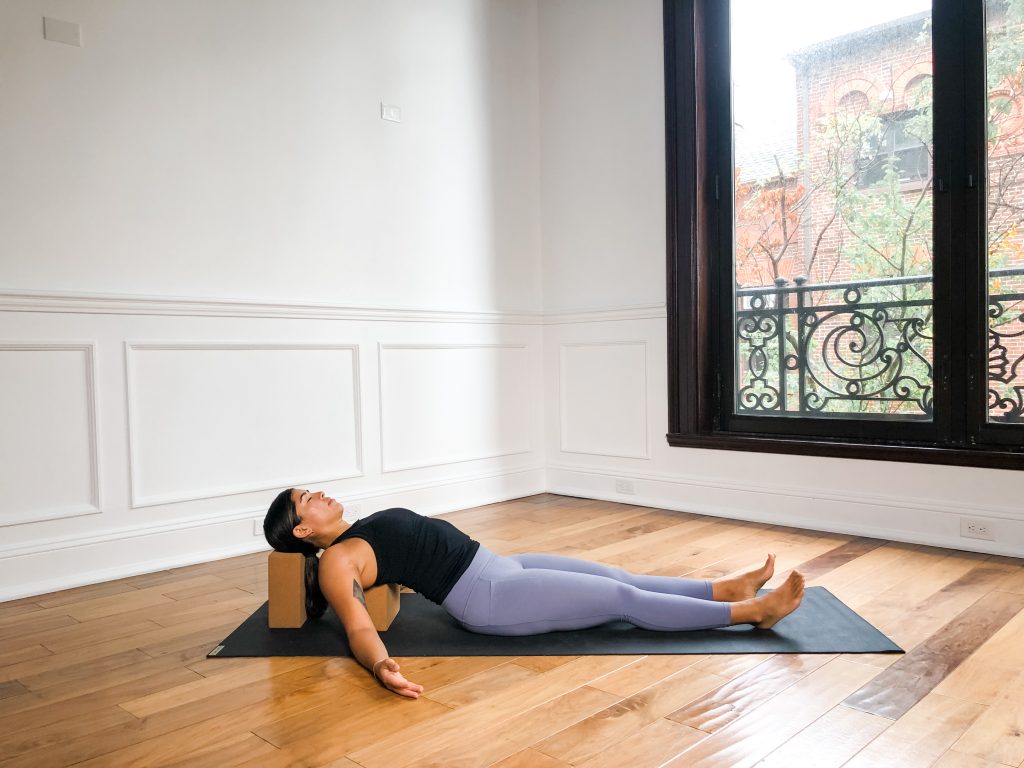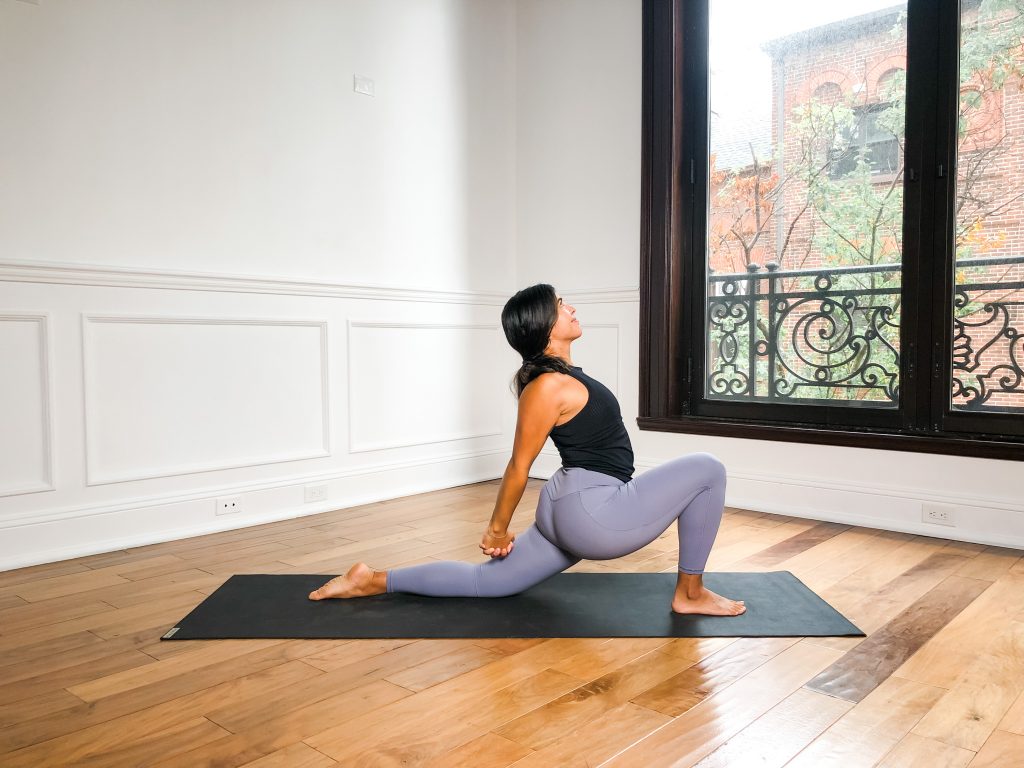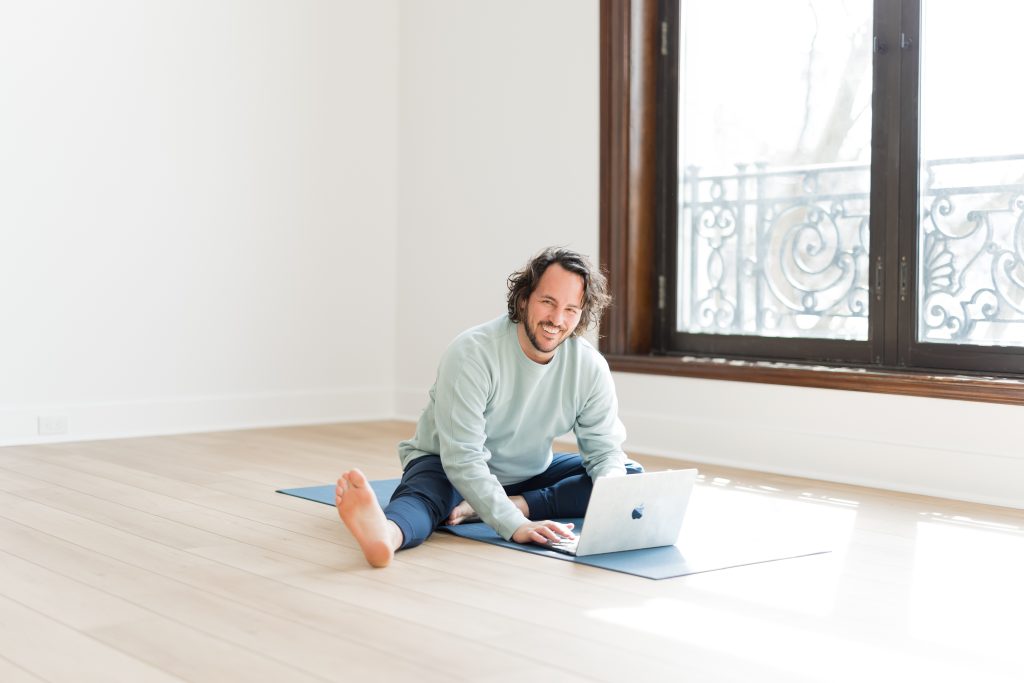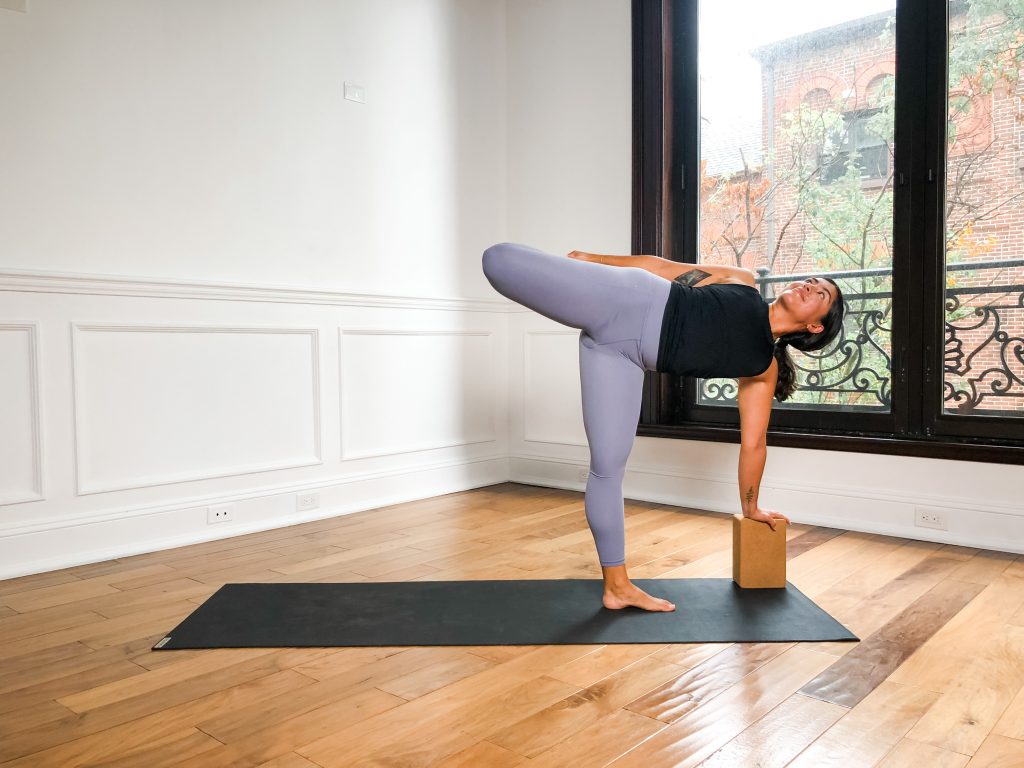
Typically, when I think of something I wish to cultivate within my life the word “happiness” comes to mind. Now, happiness is absolutely wonderful! However, happiness is also an external feeling based on outer circumstances. So we could say “it’s sunny outside and it’s making me happy,” or “this yummy food makes me happy.” These are phrases I have literally said myself and I am sure some of you can relate. There’s nothing wrong with these phrases. However, I believe when we reflect on the types of emotions and feelings we wish to cultivate in our lives, we often mistake happiness for joy.
Joy is an internal feeling that is independent of outer circumstances. Joy does not fluctuate with the weather nor does it get swayed when we don’t like our meal. Joy is consistent and is part of the foundation which sets the lens for which we view the world. We can be unhappy and joyful at the same time. We can feel less than satisfied with our external situation while still feeling joyful and secure at our core. In fact, this principle is what allows us to take risks and make changes in our lives when we feel unhappy and know we are worthy of what we truly desire.
So, the next time someone asks you what you wish to cultivate or manifest in your life…don’t go after happiness. Go after joy and trust that happiness will come. Do keep in mind that happiness will come and go, joy is a force which when established has a hard time being rocked.
Peak Pose: Ardha Chandra Chapasana (Half Moon Bow)
If you ask me, Ardha Chapasana emanates a feeling of joy. It does require that you get comfortable on one leg and steady in Ardha Chandrasana before heading towards this variation, but once finding freedom you might feel inclined to go after this back bending posture.
Supporting Pose 1: Open Wing
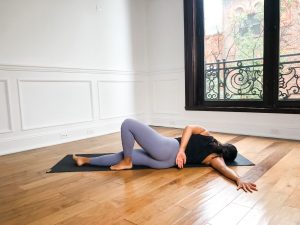
Open wing does an amazing job at opening the chest and the front of the hip which is of course necessary for Ardha Chapasana.
- Lie on your belly with the right arm stretched out to the side about in line with your shoulder.
- Roll over onto the right side of your body while crawling the right fingertips out so it feels like you’re lengthening the arm while you roll.
- Take your left arm behind your back and allow the left shoulder blade to roll towards the spine.
- Take your left leg behind the right leg with the sole of the foot on the floor. Allow the weight to roll back slightly onto the left foot to widen the front of the left hip.
*Points 3 and 4 are variations which are geared towards Ardha Chapasana. If those are too much, the left hand can stay on the ground in front of the torso and the left leg can stay stacked on top of the right. The legs could stay straight or they could bend.
Supporting Pose 2: Reverse Triangle (Viparita Trikonasana)
Reverse triangle gets the integrity of the legs going while lengthening the sides of the body.
- From Warrior II, straighten the legs.
- Tip the torso towards the back leg while firming the sacrum slightly forward to keep the front of the pelvis broad.
- Sweep the arms back so the back arm rests on the back leg and the front arm stretches alongside the ear.
- Press through the ball of the front foot while reaching through the front arm.
Supporting Pose 3: Crescent Lunge with Bound Hands to Foot (Anjaneyasana)
Any chance to connect the hands to the foot before the peak pose is a good option in my opinion! This shape sort of mimics the shape of Ardha Chapasana and can really teach the importance of back bending to grab the foot as opposed to just bending the knee like a quad stretch to catch the foot. After all, the peak pose is a backbend!
- From low lunge, place the back knee to the floor. Fold the mat or place blankets under the knee for added support.
- Press the sacrum forward and draw the shoulder blades back and down as you swim the arms towards the back of the room.
- Bend your back leg and catch the foot with your hands.
- Gently kick the foot into your hands to further firm the upper back in and allow the pelvis to move forward away from the anchor of your hands/foot.
Peak Pose: Ardha Chandra Chapasana (Half Moon Bow)
How to:
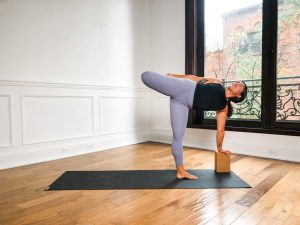
- From Triangle Pose, come onto one leg and enter into Half Moon with the top arm straight to the sky and the top leg aiming towards the back of the room.
- Press the sacrum forward and start to move the top leg back in space, already entering into the beginning stages of a backbend.
- Swim the top arm behind your back and firm the shoulder blade IN to broaden the corner of the chest.
- Bend your leg at the knee and connect your hand to your foot.
- Gently kick the foot into the hand to further firm the upper back in and allow the pelvis to move forward in space bowing your torso away from the anchor of your hand and foot.
- The gaze can stay at the wall in front of you or the gaze can turn up towards the sky.


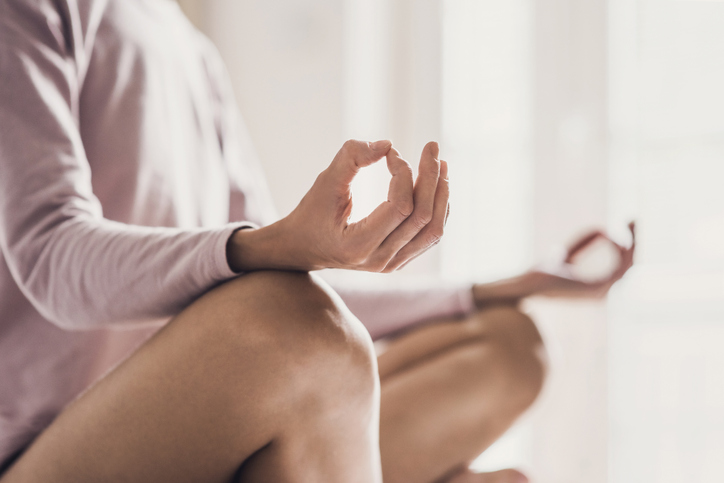
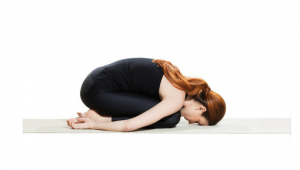 Allow yourself to release and let go in Child’s Pose. As you ground down and surrender towards the mat, imagine as though your hands are outreaching out to receive more things to be grateful for in your life.
Allow yourself to release and let go in Child’s Pose. As you ground down and surrender towards the mat, imagine as though your hands are outreaching out to receive more things to be grateful for in your life.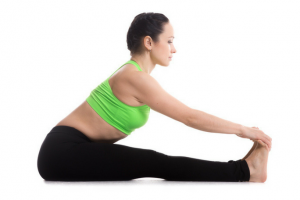 Seated Forward Fold helps us to relax our mind and bodies. As you do this pose, focus on surrendering into gratitude for the things in your life that you appreciate. Feel the grounding of the earth beneath your sit bones as you root them into the ground and feel appreciation for the earth supporting you.
Seated Forward Fold helps us to relax our mind and bodies. As you do this pose, focus on surrendering into gratitude for the things in your life that you appreciate. Feel the grounding of the earth beneath your sit bones as you root them into the ground and feel appreciation for the earth supporting you.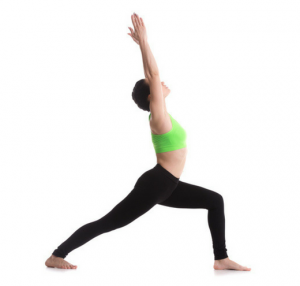 As you come into Warrior I Pose, allow your arms to reach up towards the sky as if you are receiving more things to be grateful for in your life. You can also imagine as if your arms are outreaching to give to someone else.
As you come into Warrior I Pose, allow your arms to reach up towards the sky as if you are receiving more things to be grateful for in your life. You can also imagine as if your arms are outreaching to give to someone else.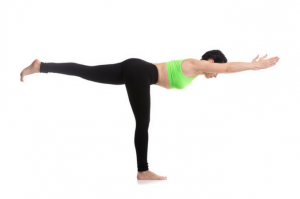 Warrior III is a grounding and energizing pose. When in this pose, again imagine the outreaching of your arms forward are reaching to give to another person. Allow the feeling of giving to fill your heart. Feel the earth beneath your grounded foot, supporting you.
Warrior III is a grounding and energizing pose. When in this pose, again imagine the outreaching of your arms forward are reaching to give to another person. Allow the feeling of giving to fill your heart. Feel the earth beneath your grounded foot, supporting you.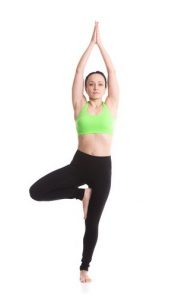 Ground down through your standing foot and reach your arms upwards. Imagine the opening of your arms as if they are tree branches opening up to the sky and earth around you, ready to receive all the good and blessings in your life.
Ground down through your standing foot and reach your arms upwards. Imagine the opening of your arms as if they are tree branches opening up to the sky and earth around you, ready to receive all the good and blessings in your life.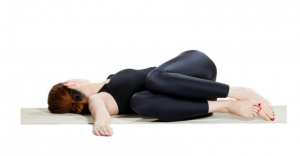 Stretch and detoxify your body and mind with this deep twist. As you melt into supine twist pose, allow yourself to linger here for a few breaths longer than usual. Allow your mind to relax and your heart area to fully open as you express your gratitude for your life.
Stretch and detoxify your body and mind with this deep twist. As you melt into supine twist pose, allow yourself to linger here for a few breaths longer than usual. Allow your mind to relax and your heart area to fully open as you express your gratitude for your life.